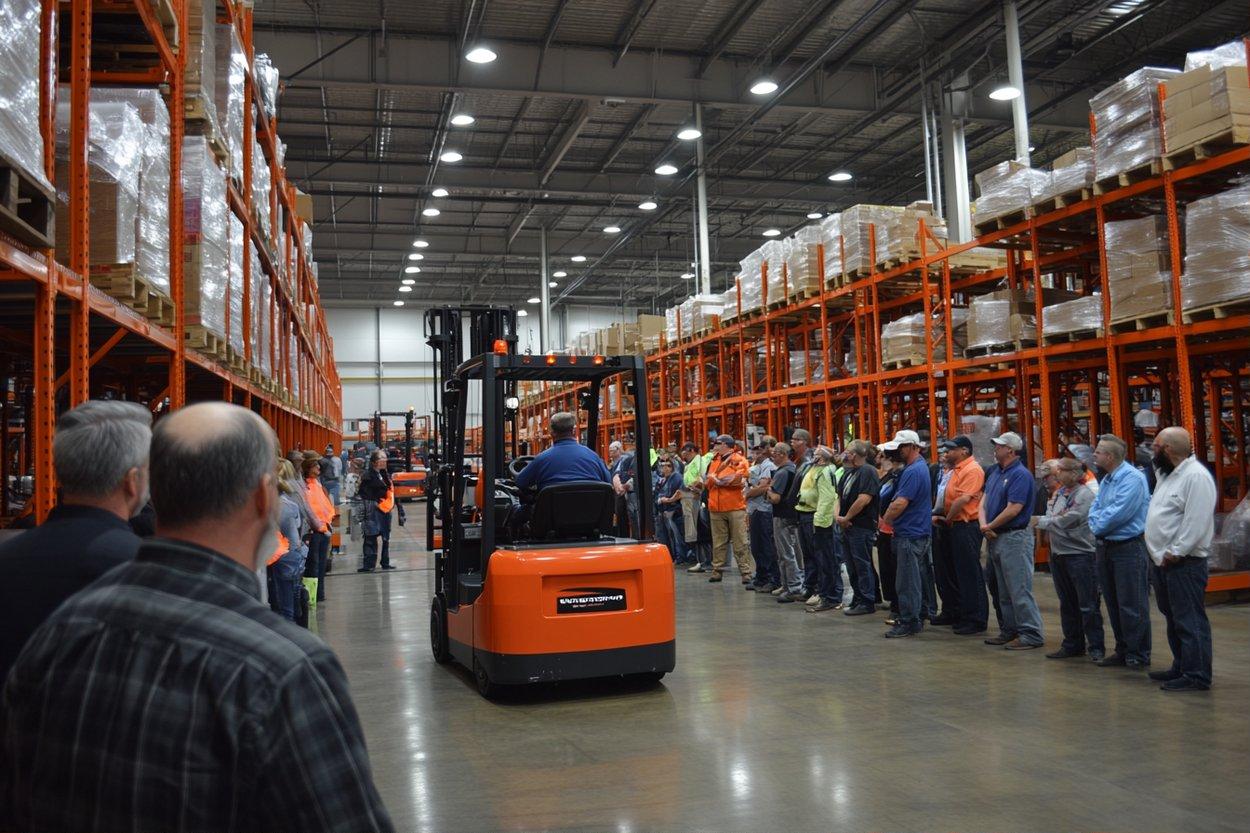Storage Units Revealed: Tips for Stress-Free Organization
Storage units offer a practical solution for managing excess belongings, seasonal items, or items during a move. Choosing the right unit and organizing it efficiently can make a big difference in accessibility and peace of mind. This article explores tips for stress-free organization, helping you maximize space while keeping your items safe and easy to find.

Storage Units Revealed: Tips for Stress-Free Organization
Storage units have become essential solutions for millions of Americans dealing with space constraints, life transitions, or seasonal storage needs. The key to successful storage lies not just in renting a unit, but in implementing systematic organization strategies that make your stored items easily accessible and well-protected. From apartment dwellers to homeowners managing estate transitions, effective storage organization reduces stress and maximizes the value of your investment.
Efficient Storage Unit Organization Strategies
Creating an organized storage unit begins with categorizing your belongings before they enter the space. Group similar items together and create a detailed inventory list with locations noted. Use clear plastic bins instead of cardboard boxes when possible, as they resist moisture and allow you to see contents at a glance. Label everything clearly with waterproof markers, including the contents and the date stored.
Establish pathways through your unit by leaving a center aisle and side access routes. This prevents the need to move multiple items to reach something stored in the back. Place frequently accessed items near the front and seasonal or rarely used items toward the rear. Consider creating zones within your unit - one area for furniture, another for boxes, and a separate section for appliances or sporting goods.
Maximizing Small Storage Spaces
Small storage units require creative space utilization to accommodate your belongings efficiently. Vertical stacking becomes crucial - use sturdy shelving units to create multiple levels of storage. Stack boxes with heavier items on the bottom and lighter ones on top, ensuring stability and easy access.
Utilize every inch of available space by filling hollow items like dresser drawers, washing machines, and refrigerators with smaller belongings. Vacuum-sealed bags compress clothing, bedding, and soft goods to reduce their storage footprint significantly. Disassemble furniture when possible to create more usable space and protect individual components from damage.
Hang clothes on portable garment racks to prevent wrinkles and save floor space. Use the inside of your storage unit door by installing hooks or over-the-door organizers for small items, cleaning supplies, or tools.
Essential Tips for Safe Item Storage
Protecting your belongings during storage requires attention to climate control, proper wrapping, and strategic placement. Choose climate-controlled units for sensitive items like electronics, photographs, documents, wooden furniture, and musical instruments. These units maintain consistent temperature and humidity levels, preventing warping, cracking, and mold growth.
Wrap furniture in moving blankets or plastic covers to prevent dust accumulation and scratches. Raise items off the floor using pallets or shelving to protect against potential flooding or moisture. Never store flammable materials, perishable foods, or hazardous chemicals in storage units, as these violate safety regulations and can damage other belongings.
Create protective barriers between items using bubble wrap, newspaper, or cloth. Store mattresses and upholstered furniture vertically when possible to prevent permanent impressions and save space. Place moisture absorbers or desiccant packets throughout the unit to control humidity levels naturally.
Stress-Free Decluttering and Storage Approach
Decluttering before storage eliminates unnecessary items and reduces costs while making organization more manageable. Use the “keep, donate, sell, discard” method to evaluate each item honestly. Consider whether you’ve used the item in the past year and if it holds genuine value or sentimental importance.
Schedule regular visits to your storage unit to reassess stored items and retrieve things you need. This prevents the “out of sight, out of mind” mentality that leads to paying for storage of forgotten items. Take photos of stored items and their locations to create a visual inventory that helps you remember what you have and where it’s located.
Plan your storage timeline realistically. Short-term storage for moving or renovation differs from long-term storage for seasonal items or inherited belongings. Understanding your storage goals helps you choose the right unit size and organization strategy.
| Storage Unit Size | Average Monthly Cost | Typical Use Cases |
|---|---|---|
| 5x5 feet | $50-$80 | Small apartment items, seasonal decorations |
| 10x10 feet | $100-$150 | One-bedroom apartment contents, furniture |
| 10x20 feet | $150-$250 | Two-bedroom home contents, vehicles |
| 20x20 feet | $250-$400 | Large home contents, business inventory |
Prices, rates, or cost estimates mentioned in this article are based on the latest available information but may change over time. Independent research is advised before making financial decisions.
Successful storage unit organization combines practical strategies with consistent maintenance. By implementing systematic organization methods, maximizing space efficiently, prioritizing item safety, and approaching storage with a clear decluttering mindset, you transform your storage unit from a cluttered burden into a valuable extension of your living space. Regular maintenance and thoughtful planning ensure your stored belongings remain accessible, protected, and organized for as long as you need them.




